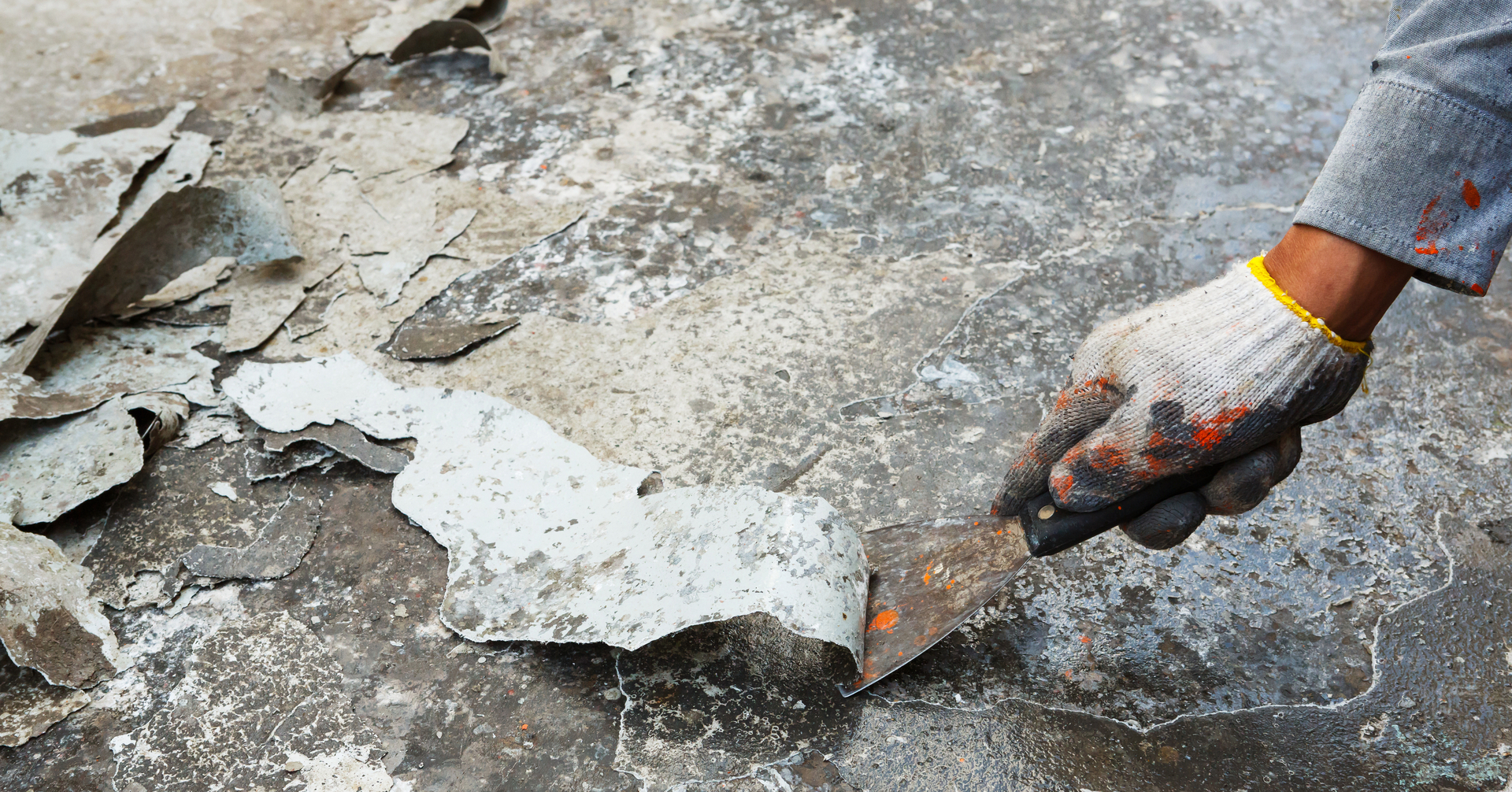The publication today in the Journal of the American Medical Association (JAMA) of a peer-reviewed study by the University of California, San Francisco Program on Reproductive Health and the Environment (PRHE)—Fatalities from methylene chloride exposure in the United States, 1980-2018: A comprehensive case series and policy implications—adds to the strong case for EPA to fully ban the use of paint strippers containing methylene chloride from use in the United States.
In response, Safer Chemicals Healthy Families director Liz Hitchcock issued the following statement:
“The PRHE study confirms that workers have been the majority of the 85 identified deaths from acute exposure to methylene chloride. It is unacceptable that they continue to be exposed to these dangerous products. EPA should use its authority to protect workers.
The risk evaluation that EPA finalized ten months ago confirmed once more that paint strippers with methylene chloride pose unreasonable risk. EPA should act on this information and ban this use of the chemical immediately.”
For more, please read the below blog post from Annie Hoang, one of the authors of the study, cross-posted with permission from the University of California, San Francisco Program on Reproductive Health and the Environment.
Growing up in urban poverty with working-class parents subjected to occupational exposures taught me that where you live and work affects your health. I was raised with the conviction that one should not have to choose between work and health. So, when I learned about the dangers that methylene chloride posed to human health (e.g., heart attacks, narcosis, and cancers), I was driven to look into how deadly it has been in the past four decades. We discovered that deaths in the workplace due to methylene chloride exposure continue to persist, and yet the Environmental Protection Agency (EPA) has not banned the chemical for commercial use.
With a multidisciplinary team spanning coast to coast, we investigated deaths that followed a similar eerie narrative: the victim, overwhelmed by fumes, loses consciousness and slumps to the ground near the bathtub they were refinishing or the fence they were stripping of paint. Researching these fatalities required a massive effort—we collaborated with stakeholders at the local, state, and federal levels, reviewed autopsy reports, and consulted with investigative reporters, occupational and environmental health experts, and lawyers. Reading obituaries, I was able to glimpse who the deceased was, their hobbies, and family members’ names. Individuals lost their lives carrying out DIY home projects such as fixing up an old piece of furniture, and workers died while they were just trying to do their jobs.
I often shook my head in disbelief. These deaths were preventable.
Our study identified 85 deaths from methylene-chloride exposure between 1980 and 2018, far more than the 53 deaths reported by the Environmental Protection Agency (EPA) during the same period. And the death toll is likely substantially higher because deaths from methylene-chloride exposure can be misattributed to “natural causes” from pre-existing conditions, or the poisonings were never reported. Also, the long-term harms, such as cancers from methylene-chloride exposure leading to temporary or lifelong disability and illness, are likely even higher.
The EPA’s intentional dismissal of workers’ health is fundamentally an inequity that deserves outrage. As early as 1986, the National Institute for Occupational Safety and Health (NIOSH) estimated that over 1 million workers had been exposed to methylene chloride. The EPA admitted in 2014 that at least 230,000 workers are directly exposed to methylene chloride from paint strippers alone. This tally does not include those in the surrounding area who could succumb to the fumes by merely being in the wrong place at the wrong time.
In 2017, EPA had already concluded that methylene-chloride paint strippers posed an unreasonable risk to human health and proposed a ban on consumer and commercial use. However, the next day ushered in new national leadership, and the ban was shelved. That same year, five people died, and poison centers logged 514 calls regarding methylene chloride. After mounting public pressure, in 2019, the EPA issued a ban on the personal use of methylene-chloride paint strippers—yet left our workers unprotected. Meanwhile, the European Union banned this paint-stripping solvent a decade ago.
It is time for the EPA to remedy this injustice by carrying out what the agency initially intended four years ago—ban deadly methylene-chloride stripping products from commercial use. Let’s protect our workers from having to make a catch-22 choice between work and health.
My co-authors on this study were Kathleen Fagan, Dawn L. Cannon, Swati D.G. Rayasam, Robert Harrison, Dennis Shusterman, and Veena Singla.
 Annie Hoang is a medical student in the Program in Medical Education for the Urban Underserved (PRIME-US), a specialized five-year track at the University of California, San Francisco (UCSF) School of Medicine. She is also an MPH student at the Harvard TH Chan School of Public Health, where she concentrates in health policy. Her work focuses broadly on advancing health equity in the built environment. She graduated with Distinction from Yale University, where she holds a bachelor of science degree in Molecular Cellular Developmental Biology Intensive with a concentration in biotechnology.
Annie Hoang is a medical student in the Program in Medical Education for the Urban Underserved (PRIME-US), a specialized five-year track at the University of California, San Francisco (UCSF) School of Medicine. She is also an MPH student at the Harvard TH Chan School of Public Health, where she concentrates in health policy. Her work focuses broadly on advancing health equity in the built environment. She graduated with Distinction from Yale University, where she holds a bachelor of science degree in Molecular Cellular Developmental Biology Intensive with a concentration in biotechnology.

